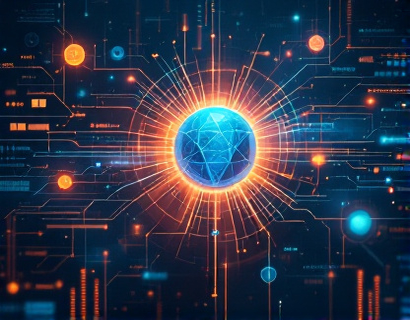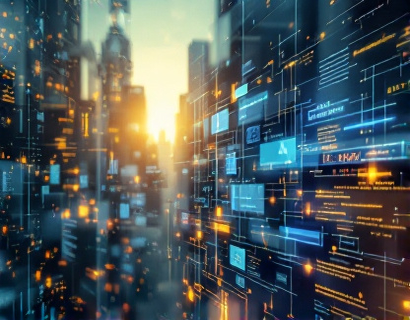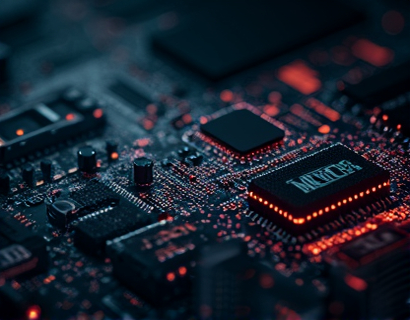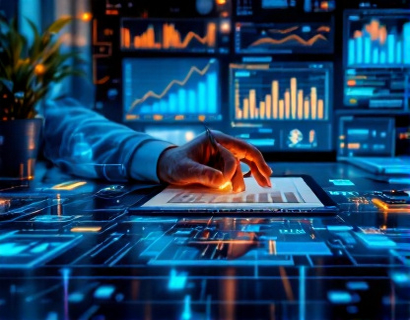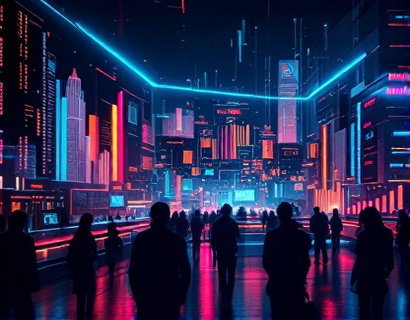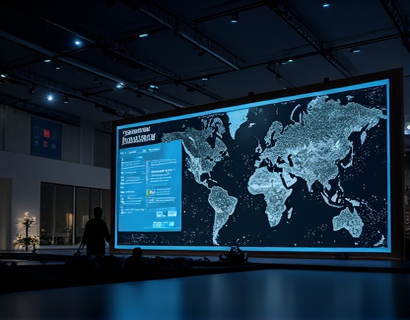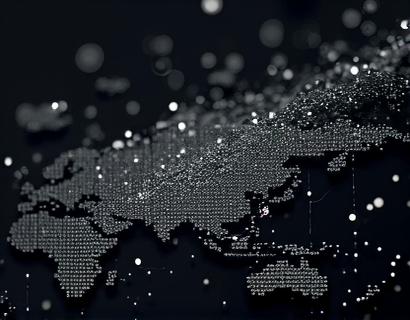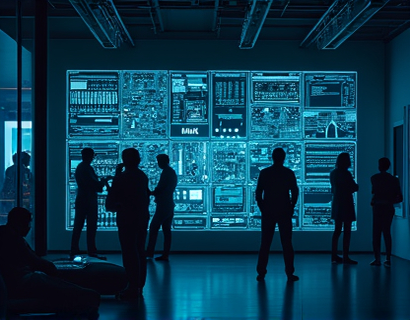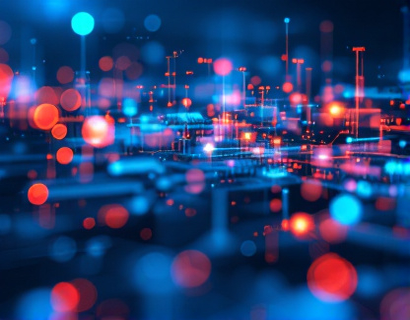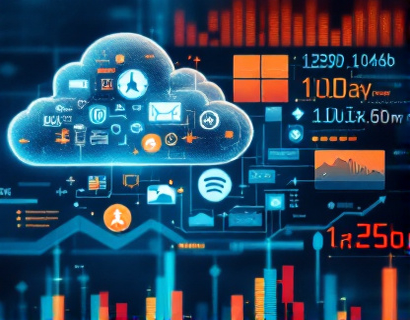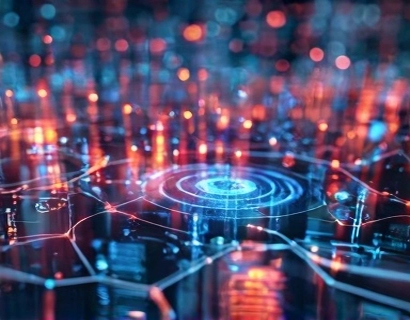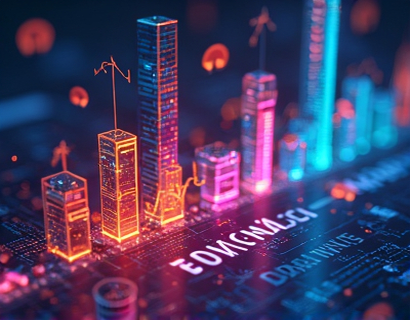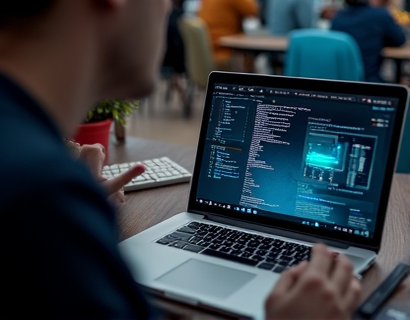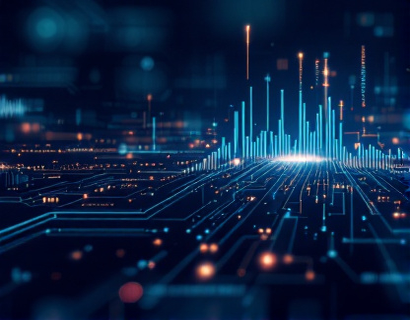Decentralized Productivity Revolution: Maximizing Efficiency and User Experience with AI and Crypto Integration
The modern workplace is undergoing a profound transformation driven by the convergence of artificial intelligence and blockchain technology. This revolution is not just about adopting new tools but fundamentally rethinking how we approach productivity and user experience. The integration of AI and cryptocurrency is giving birth to a new era of decentralized applications that promise to redefine efficiency and user interaction. This article delves into the intricacies of this fusion, exploring how these cutting-edge technologies are merging to create advanced tools that enhance productivity and redefine the digital landscape.
The concept of decentralization has been a cornerstone of blockchain technology, offering a paradigm shift from centralized systems to distributed networks. In the context of productivity tools, decentralization means moving away from proprietary software and centralized servers to a more open and collaborative environment. This shift is not only about technical architecture but also about empowering users with greater control over their data and workflows. AI, on the other hand, brings intelligence and automation to these decentralized systems, creating a synergy that amplifies their potential.
One of the key benefits of integrating AI with decentralized productivity tools is the enhancement of user experience. Traditional productivity software often suffers from rigid interfaces and limited customization options. AI-driven decentralized tools, however, can adapt to individual user preferences and work styles, providing a more intuitive and personalized experience. For instance, AI can analyze user behavior and suggest optimized workflows, automate repetitive tasks, and even predict future needs, all while ensuring that the underlying system remains decentralized and secure.
Efficiency is another critical area where AI and decentralization intersect to revolutionize productivity. Decentralized systems can reduce bottlenecks and single points of failure, leading to more reliable and scalable applications. AI algorithms can optimize resource allocation, streamline processes, and eliminate redundancies, ensuring that tasks are completed faster and with fewer errors. For example, AI can manage and prioritize tasks based on urgency and importance, while blockchain ensures that these tasks are executed transparently and securely.
The combination of AI and decentralization also fosters innovation by lowering barriers to entry. Developers and businesses can build on existing decentralized platforms, leveraging AI to create new applications and services without the need for extensive infrastructure. This democratization of technology allows for a more diverse and dynamic ecosystem, where new ideas can emerge and thrive. The result is a continuous cycle of improvement and innovation, driven by a community of developers and users working together.
Security is a paramount concern in any digital environment, and the integration of AI and decentralization addresses this need effectively. Blockchain's inherent security features, such as immutability and transparency, provide a robust foundation for decentralized applications. AI enhances this security by detecting and mitigating threats in real-time, identifying patterns that indicate potential vulnerabilities. This proactive approach to security ensures that user data and transactions remain protected, building trust and confidence in decentralized systems.
Another significant advantage of AI and decentralized productivity tools is their ability to operate across different platforms and devices. The decentralized nature of these tools means they can be accessed from anywhere, at any time, without the need for centralized servers. AI ensures that these tools are intelligent and responsive, adapting to the user's environment and preferences. This flexibility is particularly valuable in today's remote and hybrid work environments, where users require seamless and consistent access to their work tools.
Let's explore some specific examples of how AI and decentralization are transforming productivity tools. One notable area is document collaboration. Traditional cloud-based document services often face issues with latency, data privacy, and user control. Decentralized platforms powered by AI can store documents on a distributed network, ensuring that all participants have real-time access while maintaining full control over their data. AI can further enhance this process by suggesting edits, tracking changes, and even automating the review and approval workflow.
Project management is another domain where AI and decentralization can make a significant impact. Centralized project management tools often struggle with scalability and flexibility. Decentralized platforms can create smart contracts that automate project workflows, assign tasks, and track progress in a transparent manner. AI can analyze project data to identify bottlenecks, predict delays, and suggest optimizations, ensuring that projects stay on track and within budget. This combination of technologies not only improves efficiency but also enhances accountability and collaboration among team members.
The financial aspect of productivity tools is also being transformed by the integration of AI and decentralization. Traditional software often requires subscription fees or one-time purchases, which can be costly for individuals and small businesses. Decentralized models, supported by cryptocurrencies, offer a more flexible and cost-effective approach. Users can pay for services using digital tokens, with transactions recorded on the blockchain for transparency and security. AI can optimize pricing models, offer personalized discounts, and even predict user needs based on usage patterns, creating a more user-centric and economically efficient ecosystem.
Education and training are other areas where AI and decentralization can synergize to enhance productivity. Decentralized learning platforms can provide access to a wide range of educational resources, from courses to mentorship programs, all while ensuring data privacy and ownership. AI can personalize learning paths, adapt to the learner's pace, and even create interactive simulations and virtual environments. This personalized and decentralized approach to education not only improves learning outcomes but also makes high-quality education more accessible to a global audience.
The future of decentralized productivity tools is not just about current applications but also about the potential for future innovations. As AI continues to advance, we can expect even more sophisticated integrations that push the boundaries of what is possible. For instance, the development of decentralized AI models that train on distributed data sets can lead to more robust and unbiased algorithms. These models can be used to create more intelligent and context-aware productivity tools that truly understand and anticipate user needs.
Moreover, the convergence of AI and decentralization is paving the way for new business models and economic systems. Decentralized autonomous organizations (DAOs) are an emerging concept that combines AI-driven decision-making with community governance. These DAOs can manage resources, fund projects, and make strategic decisions in a transparent and democratic manner. AI can enhance the efficiency and effectiveness of DAOs by analyzing data, predicting outcomes, and automating routine tasks, allowing human members to focus on higher-level strategic thinking.
In conclusion, the integration of AI and decentralization is revolutionizing productivity tools and user experience in profound ways. By combining the strengths of both technologies, we are witnessing the emergence of advanced decentralized applications that are more efficient, secure, and user-friendly. This revolution is not just a technological shift but a fundamental change in how we approach work and collaboration. As we continue to explore and develop these technologies, the potential for innovation and improvement is vast, promising a future where productivity and user experience reach new heights.





